UAV fighter - the concept of the aircraft of the future
We paid a lot of attention to new species weapons in general and drones in particular. In general, of course, UAVs are a very interesting and promising type of weapon, and if used correctly (as in Karabakh by the Azerbaijani military, for example), it is very effective.
Drones carry out reconnaissance, aiming at targets, they themselves can successfully attack targets with missiles and bombs. And given the innate secrecy of the devices due to the small amount of metal in the structure, this turns out to be a very unpleasant enemy, which is difficult to notice.
Of course, today there are several ways to neutralize the UAV. The simplest and most effective is to detect the base and demolish it in advance with an air strike or artillery.
But if the drone has already taken off, then there are difficulties. There are electronic warfare stations. Two scenarios. If the UAV flies into the coverage area of the jamming station, then it will be happy. And if not, then it passed. There are stations like "Krasukha" that work far away, but with a very narrow beam, so they will have to detect the adversary, which is not easy.
There are air defense systems. By the way, the hero of today's material was born in an inflamed mind precisely after the memories of how the "Shell" tried to get into Alabino along drone-targets from cannons and how he did it.
It didn't work out at all. Yes, two barrels were hit with 30-mm cucumbers, but they didn’t hit. Then the already angry crew hit the drone with a rocket, and here everything fell into place. However, a rocket is quite expensive. Not every missile will still be able to work on UAVs, not every one. And there are not so many missiles in any complex.
And as practice in the Middle East shows, drone operators are not inclined to wait until the crew takes their places or reloads the launchers.
And what do we draw? Yes, a drone interceptor. The one that will detect, catch up and exterminate.
Helicopters are swept aside immediately. Not the speed. In addition, drones will really soon cross the speed threshold of 350 km / h, which will make any interception by helicopters unrealistic. And the helicopter is suitable for several other operations.
A modern aircraft is also not suitable for intercepting drones due to speed. But here the opposite is true, the speed is redundant. It's like the MiG23MLD air defense of the USSR tried to intercept Rust on the Cessna-172. To see that something small “like the Yak-12” is flying there is one thing, to attack and shoot down is quite another. And modern drones are much smaller than Rust's Cessna. So a modern fighter is not entirely suitable for intercepting and destroying such a target as, for example, Bayraktar.
And what do we have left?
That's right, turboprop aircraft. Yes, even in a good twin-engine.
Why a twin-engine scheme? Everything is simple. Two motors make the machine more tenacious and more load-bearing. And there will be something to raise. First, a two-man crew. The pilot will need the help of a gunner, no doubt. Second, surveillance equipment. Radar, focused on the search for small targets. Thirdly, a decent supply of fuel in order to be able to really cover a certain area, loitering in the sky. Fourthly, a set of weapons that allows you to destroy targets such as UAVs.
How do I see such an aircraft? For example, the British Mosquito NF Mk.38 or the German Heinkel He.219a-7/r-1 stand before our eyes as a prototype. Yes, they were night fighters, but their essence is the same: to find a target with the help of an airborne radar and destroy it with the help of available weapons.
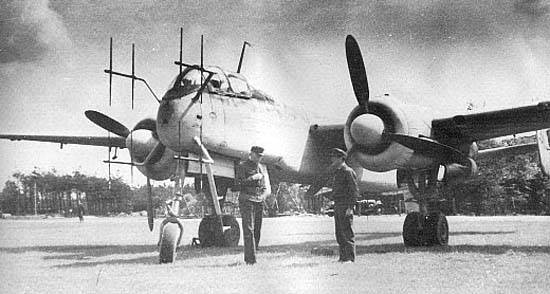
Two turboprop engines that can provide a cruising speed of 450-500 km/h and a top speed of 600-650 km/h. In order to catch up with any UAV, this will be more than enough.
The altitude of the interceptor should not be very high, since UAVs have not yet mastered exorbitant heights. Probably more important is the ability to stay in the area of the probable appearance of enemy vehicles for a long time.
Armament. This is a separate issue.
Naturally, the interceptor must carry electronic weapons and a kit to counter enemy air defense systems. Despite the fact that the main task of such an aircraft will be to hunt for enemy UAVs over its territory, the appearance of enemy fighters should not be discounted. And therefore, in addition to detection equipment, there should be electronic warfare modules, heat traps and everything else from the area of \uXNUMXb\uXNUMXbcounteracting enemy missiles.
Next, we have the weapons with which it will be possible to effectively deal with UAVs.
Rocket. Naturally, yes. But what is good about a drone, even the largest exhaust is not so powerful. Thermal homing heads will not be easy. Plus, these should be small missiles with a range of up to 1-1,5 km. Then the question of target detection will arise.
Small rockets, with a fragmentation part, however, capable of giving a fairly decent spread of a large number of fragments.
A modern unmanned vehicle is not as strong a structure as an airplane and a helicopter, and therefore steel or uranium rods are not needed in the missile warhead. Ordinary metal fragments of a decent damaging effect.
We don’t have such missiles now, but in principle, it can be easily created on the basis of the same 9M335, elementarily reducing its cost.
Small arms. It's probably funny, but it can be just as practical as rockets. Still, UAVs are not very maneuverable targets, and besides, they do not have the ability to actively defend themselves. So here, World War II level options can easily fit. I mean get in close range and destroy the UAV with small arms.
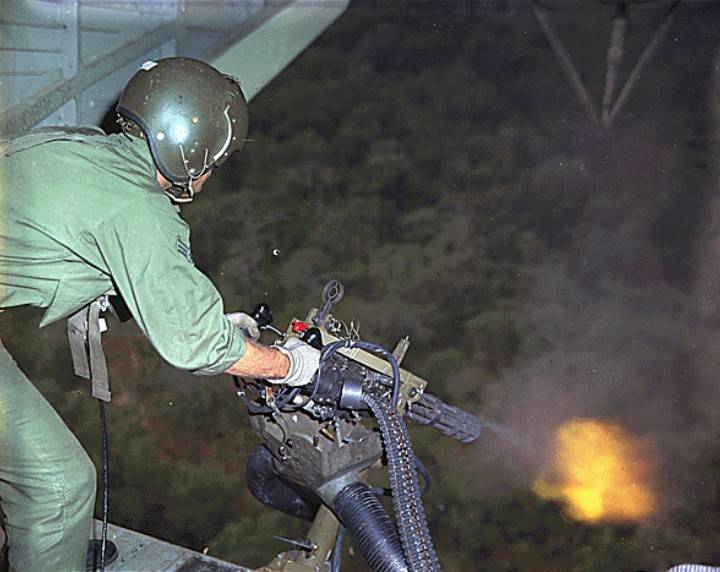
That's just about aviation guns should be forgotten. As well as about large-caliber machine guns. There is no point in them, because a projectile from 23 to 30 mm, hitting the device, of course, will smash it to pieces. However, the UAV is a small target and it is not so easy for a projectile to hit it. I saw with my own eyes how it happened at the training ground in Alabino, at the "ARMY-2017".
A small target that fires few projectiles. Here's what happened in a nutshell. "Shell" was not very effective against UAVs, which was later confirmed by Syria.
We need ... a machine gun! And not 14,5, not even 12,7 mm. Elementary 7,62 mm.
Yes, the heavy fighters of that war were armed with cannon batteries and went against large armored four-engine bombers. And today we have a plastic plane, and even small in size by aircraft standards.
So really the projectile should give way to the bullet. And it is 7,62 mm, since here the quantity will play a decisive role. A cloud of 7,62-mm bullets fired at a flying UAV is much better than a few dozen shells. Of several hundred bullets, something will fly.
A 7,62-mm bullet will disable an unmanned vehicle in the same way, hitting its control blocks, like a projectile. Only it is easier for the pool to do this, since their number is much higher.
Yes, it is impossible to say that we have something like ShKAS. It's a pity, that's just that machine would be very handy. 1800 rounds per minute is what you need. Four barrels would simply seed the space with pieces of metal. It would be very efficient.
We do not have in service with the descendants of the Gatling product. More precisely, there is, but the caliber is larger. Now, if you take the AK-630 and make an AK-676 based on it, it would be interesting.
The Americans have a toy called the M124 "Minigan" of the same 7,62-mm caliber chambered for the standard NATO 7,62x51 cartridge. A good and powerful cartridge, better not. The machine is not new, but a classic. And it can be used both by a shooter and remotely, suspended in a container or installed, say, in the nose of an aircraft or helicopter.
By the way, yes, Americans have fewer headaches in this regard. They have a machine gun, it won’t be very difficult to come up with a carrier, just remember the old designs. Take the same OV-10D "Bronco".
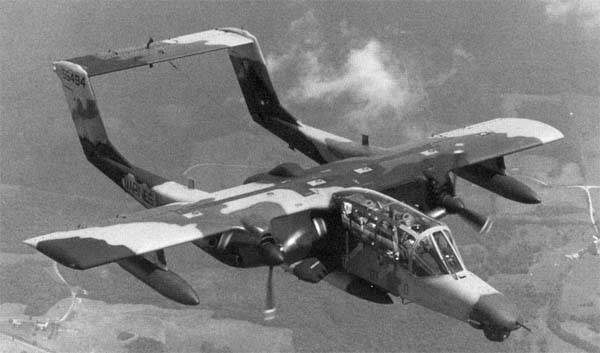
The plane is quite suitable for our requirements. In the United States, there were a lot of developments of anti-guerrilla aircraft, which today would look very impressive in the role of an UAV interceptor.
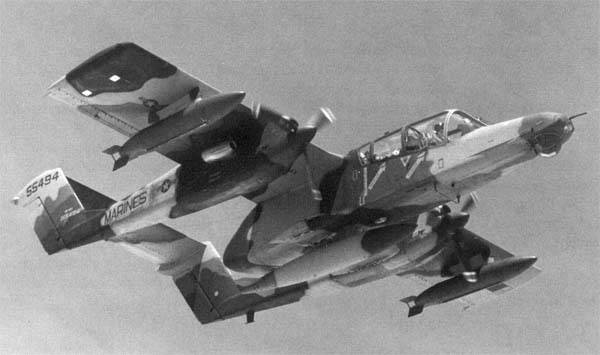
Apparently, in China they also thought about this (of course, not only this) topic and created their own Minigun called CS / LM12. The same 6 electric barrels, the same 6 rounds per minute.
We, too, would not interfere with such a useful thing in the household of just such a caliber. Not necessarily six-barrel, it is possible with one barrel. But there must be at least four trunks.
What is good about a twin-engine aircraft has been known since the Second World War. An empty nose in which you can install anything: a radar, a battery of cannons or machine guns, the Germans even installed rockets in the nose on the Natter.
Rockets can easily be hung anywhere. There are no problems with this. The Americans place the machine gun in a container and also hang it. So nothing new either.
This is the concept of a new class of aircraft. Yes, these are theoretically very narrowly targeted aircraft that will be able to operate mainly over their own territory, that is, under cover from air defense or aviation, since enemy aircraft and helicopters are guaranteed to be able to shoot them down. But for UAVs, such fighters can become a mortal enemy, since they can be detected by radar, catch up, find visually and destroy.
Of course, both options and nuances are possible in this matter, but in general the picture is quite logical.
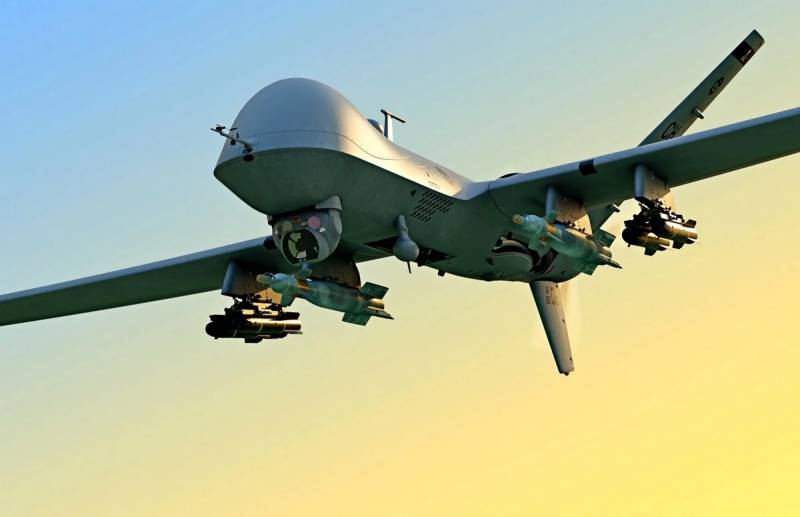
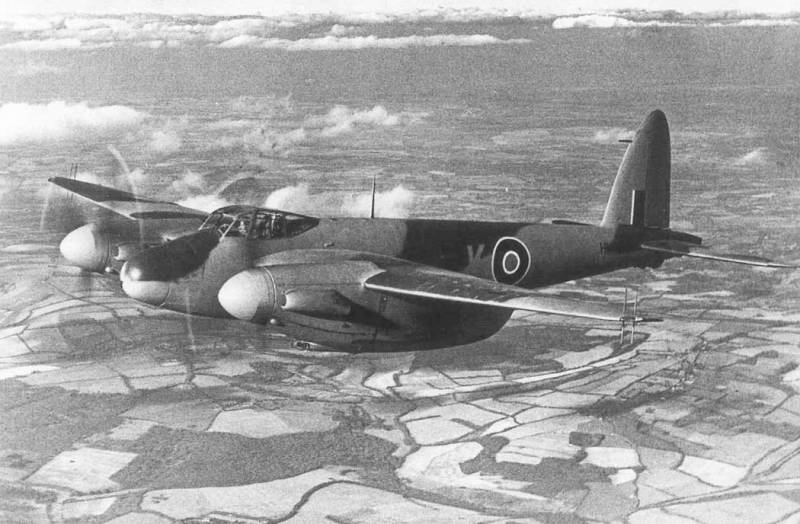
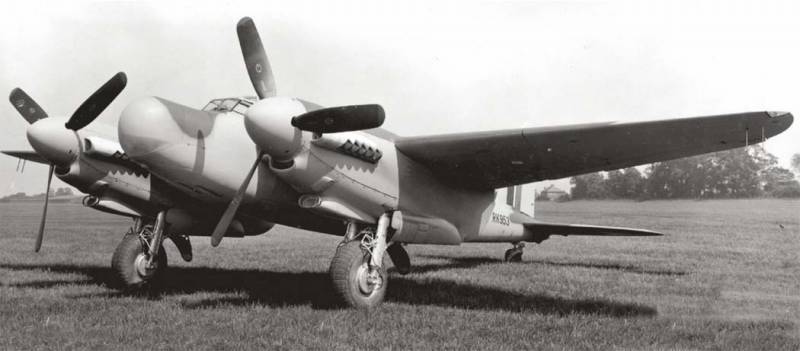
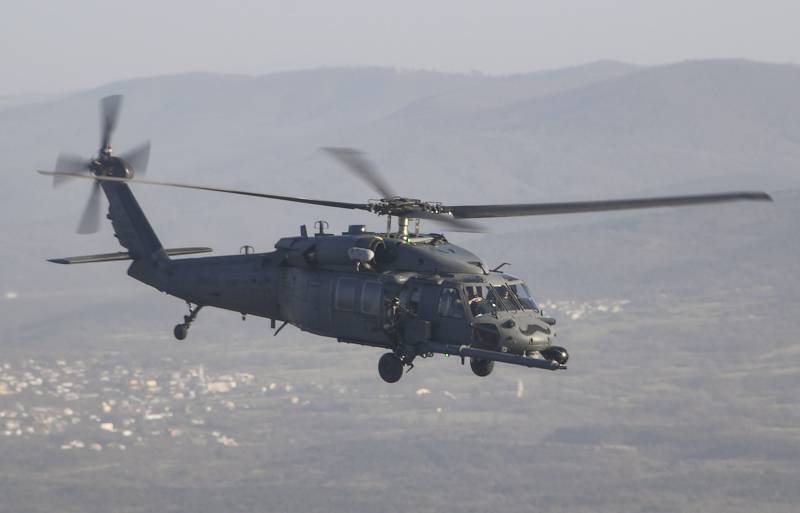
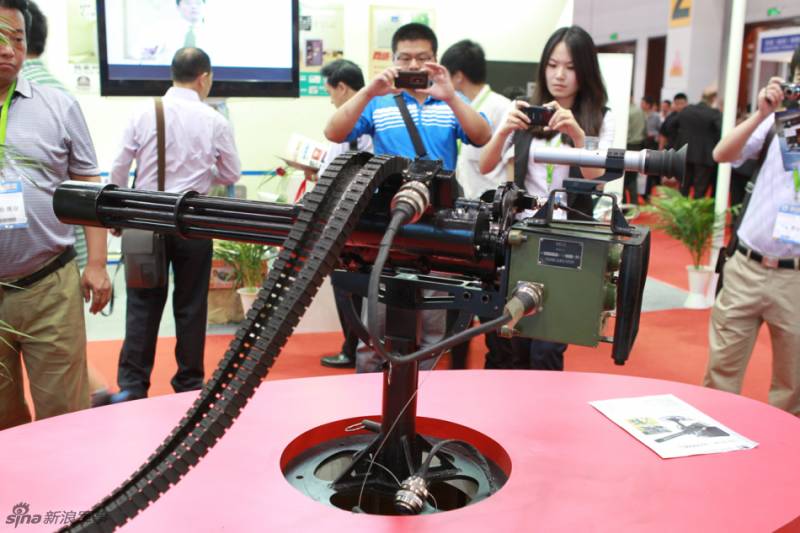
Information